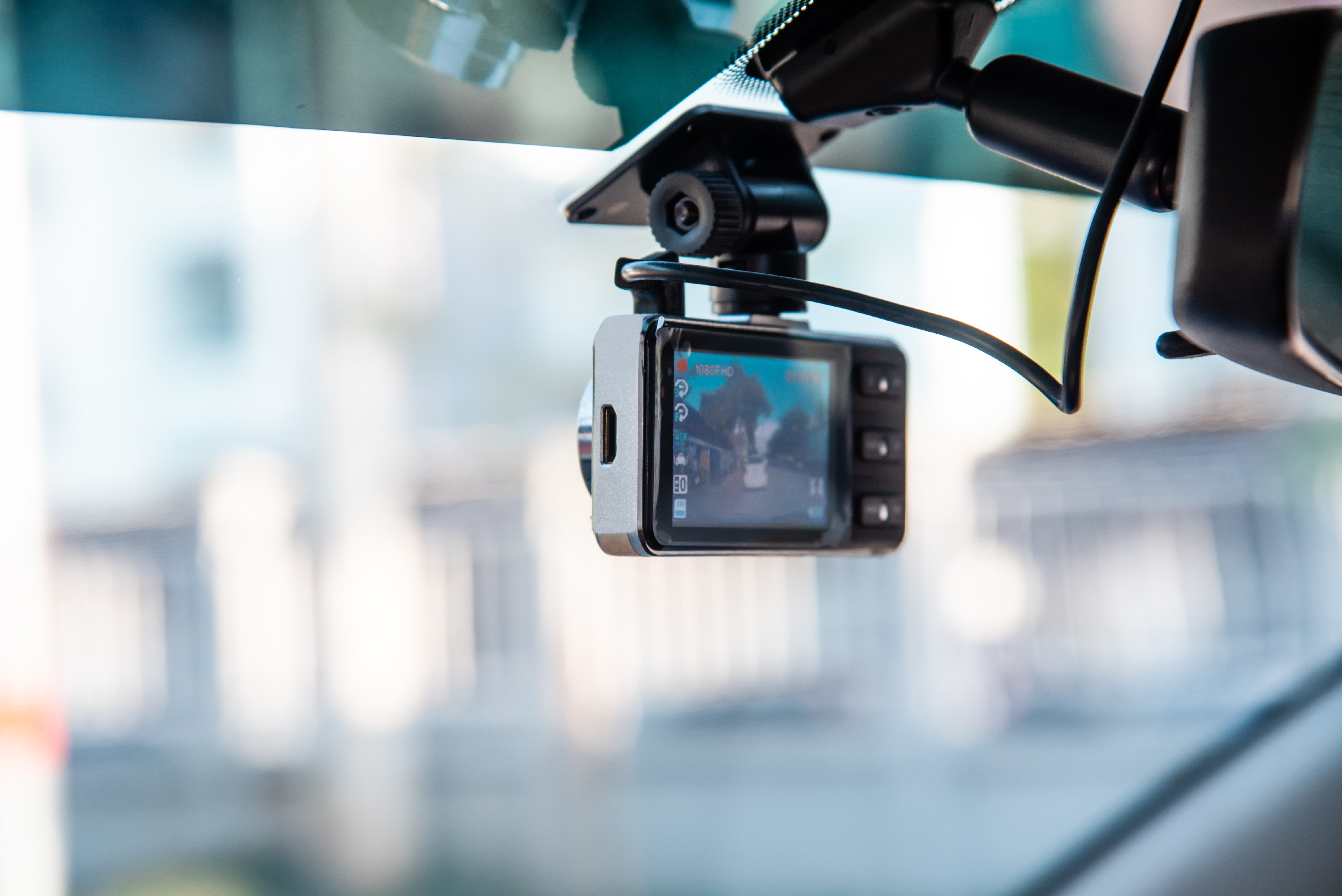Is Driver-Assist Technology Actually Making Us Worse Drivers?

It is the summer of 2003, and you are backing out of your driveway. Your right hand is on the passenger headrest and your head is turned around on a swivel checking blind spots to ensure you see everything while you back out.
Flash forward to the summer of 2023 (whoa, time travel!), and backing out of your driveway looks a little different. Instead of facing backward, your head is slightly turned to the right watching a screen inside your car. The screen is showing a bird's-eye view of your car based on data from mini cameras around the outside of your vehicle. Then, as you turn your wheel, your car beeps and automatically stops even though you didn’t press the brake. Your car sensed someone walking and was smart enough to stop until it was safe to continue.
These two examples happened only 20 years apart, but the differences are drastic. But, with these advances in technology, are we relying too much on the assistance and not enough on being aware of our own surroundings?
According to a study by the Insurance Institute for Highway Safety, many drivers treat driver-assist technology as fully self-driving. In the study, the IIHS questioned 600 drivers who often use manufacturer's driving assistance tools. A majority of them were more likely to perform non-driving-related activities like eating or texting while using these features.
However, the technology is not ready or meant to be fully relied upon. In 2020, AAA researchers found that in 4,000 miles of real-world driving, vehicles equipped with driving assistance systems experienced an issue every 8 miles. So, even though this technology has come a long way, drivers need to remain attentive and shouldn't be checking their phone while reaching for a latte.
In the end, there isn't conclusive evidence that driver-assist technology has made us worse drivers, but two things you can do to protect yourself are remaining a vigilant driver no matter what technology is in your vehicle and ensuring that your auto insurance limits (personal or commercial) are adequate for anything that may happen while on the road.
An insurance company that cares about you and insuring the things you wish to be insured.
Get a Quote> Find an Agent>

